Brutalism is an architectural style that began in the mid-20th century, characterized by its use of raw, exposed materials, bold geometric forms, and a focus on functionality. The term “brutalism” is derived from the French word “béton brut,” meaning raw concrete, which is a common material used in this style. Brutalist architecture is also characterized by displaying unfinished surfaces, such as concrete, steel, and glass, highlighting the honesty of construction.
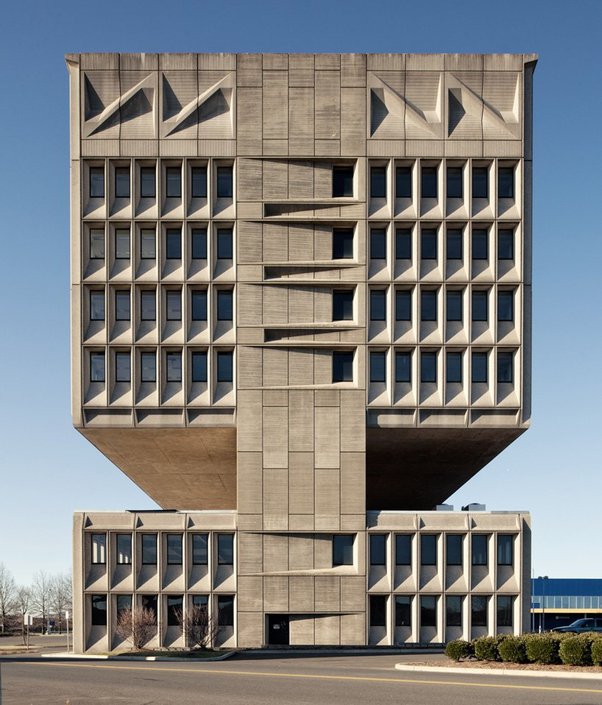
Pirelli Building, New Heaven, Connecticut
The history of brutalism can be traced back to the mid-20th century when architects began exploring new approaches to design in the aftermath of World War II. Starting in the 1950s and reaching its peak in the 1960s and 1970s, brutalism responded to the need for efficient, affordable, and durable construction during a period of post-war reconstruction. Architects like Le Corbusier, one of the pioneers of modernist architecture, played a significant role in shaping the brutalist movement. The term “brutalism” itself, derived from the French “béton brut” (raw concrete), was coined to emphasize the use of exposed concrete as a primary material. Brutalist architecture became closely associated with public and institutional buildings, including government offices, universities, and housing complexes. Over time, brutalism’s popularity subsided, and by the late 20th century, it faced criticism and controversy. However, in recent years, there has been a renewed interest in brutalism, with enthusiasts and preservationists advocating for the recognition and conservation of these iconic structures as important elements of architectural history.
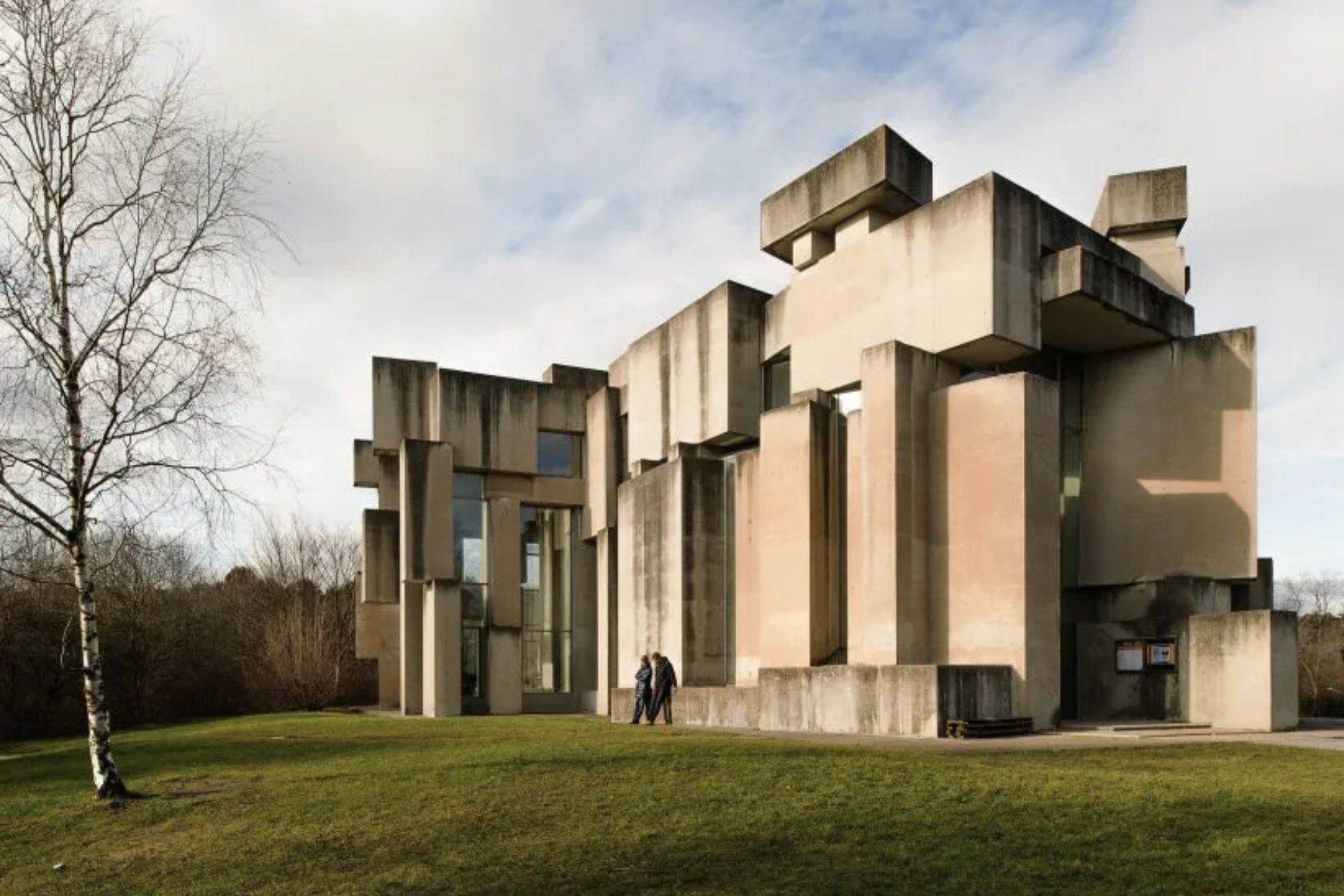
Wotruba Church, Vienna, Austria
The design is often composed of simple geometric shapes, creating massive, monolithic structures with a strong and imposing presence. Functionality is key in brutalism, with an emphasis on practicality and efficient space utilization. Minimalism is a key element, as ornamentation is kept to a minimum, directing attention to essential structural components.
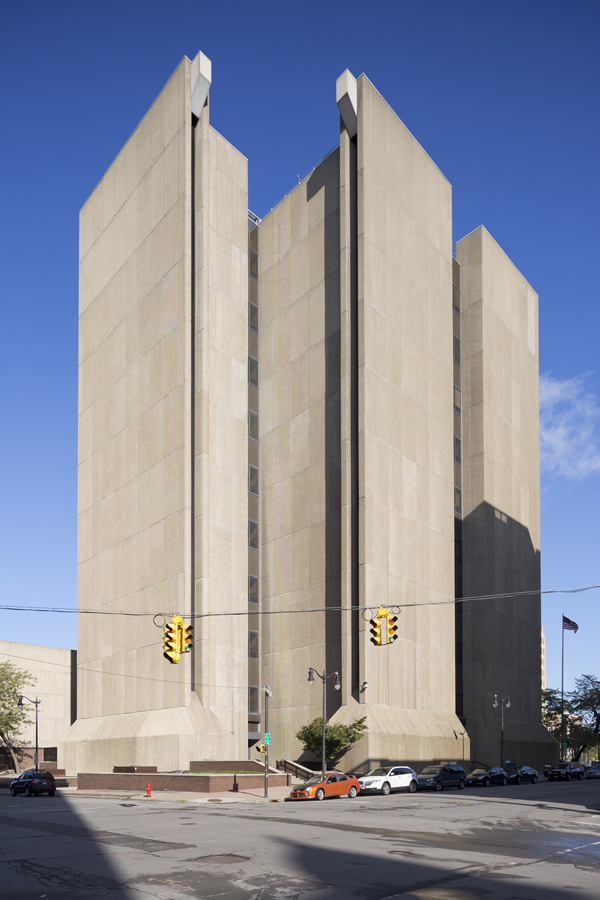
Buffalo City Court Building, Buffalo, New York
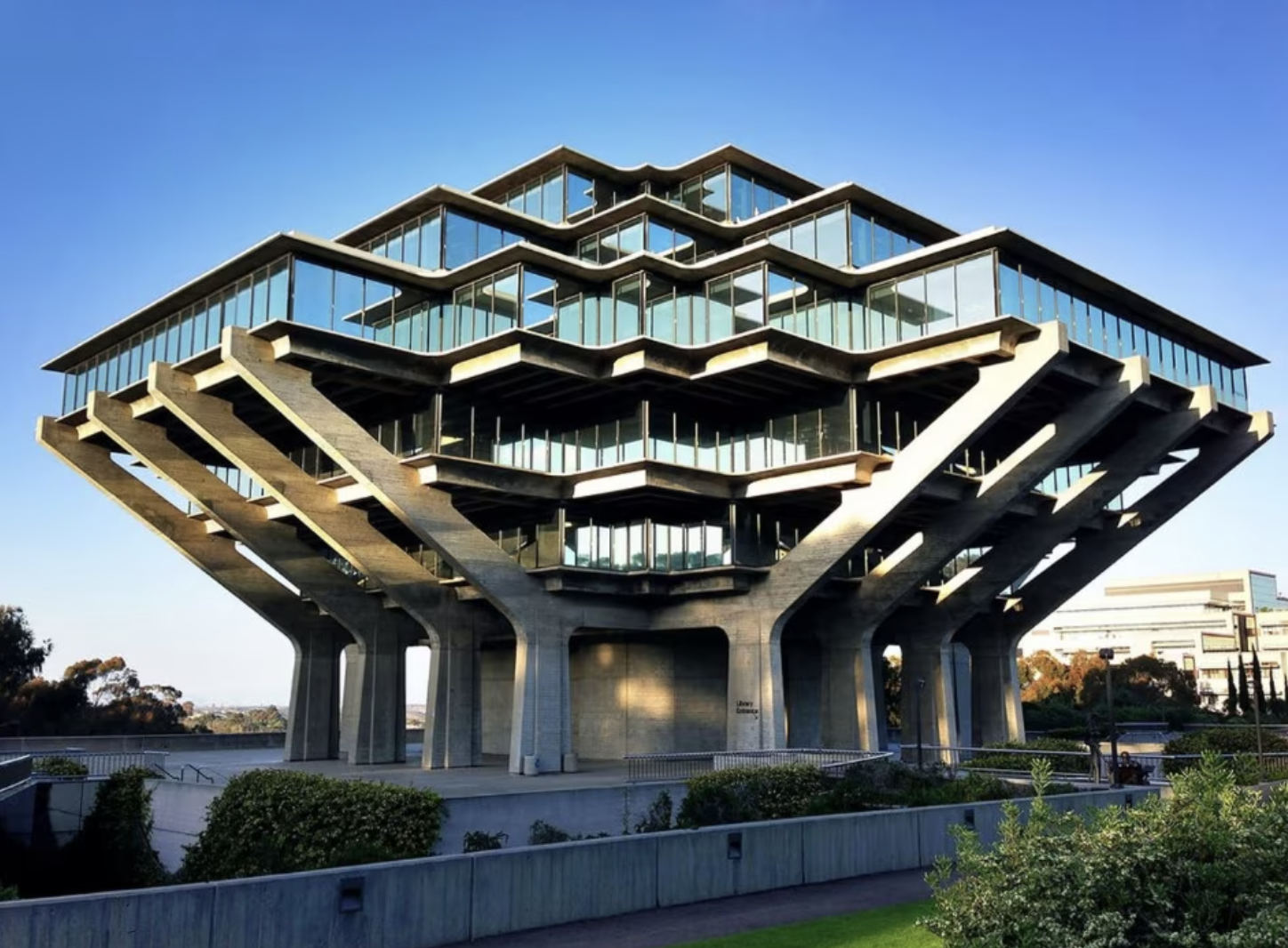
William Pereira Geisel Library, UC San Diego, California
The aesthetics of brutalism are controversial; some like the “straightforwardness” it represents, while others think it is too harsh and unsettling. Critics often cite concerns about the coldness and lack of warmth in these structures, contributing to their controversial reputation. The debate surrounding brutalism highlights its capacity to provoke a range of emotional responses, solidifying its status as an architectural style that is challenging and divisive. This architectural style gained popularity in the mid-20th century, associated with public and institutional buildings reflecting post-war modernist ideals. Notable examples include the Boston City Hall and the Williams Village Stearns Buildings at the University of Colorado Boulder. The engineering center at the University of Colorado Boulder is another example of this aesthetic, once again used in an academic setting. Although it is a divisive aesthetic, brutalism has left a lasting impact on architecture, appreciated for its unique aesthetic and historical significance.
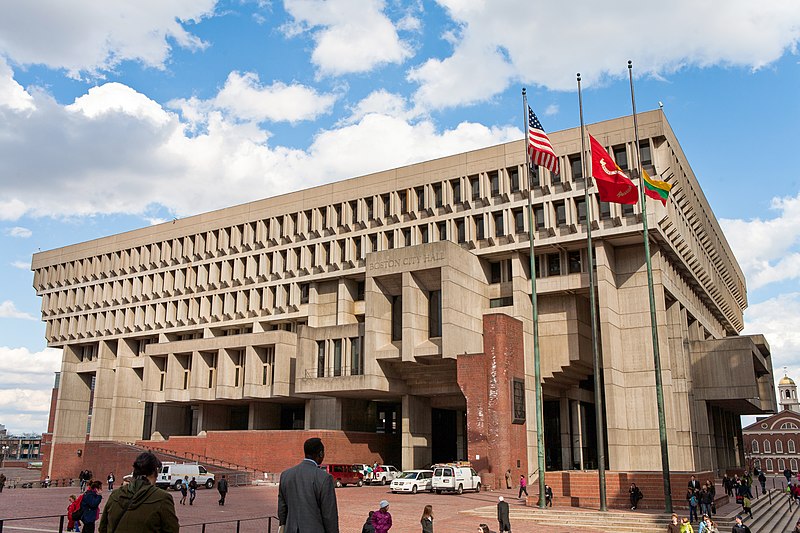
Boston City Hall, Boston, Massachussetts
I think that brutalism’s commitment to authenticity and functional aesthetics is impressive. What draws me to brutalism is its deliberate departure from conventional embellishments, opting instead for a minimalist approach that directs attention to the essential elements of construction. The monumental nature of brutalist buildings gives a sense of robustness and endurance, encapsulating a crucial moment in architectural history marked by innovation and a response to post-war societal needs.
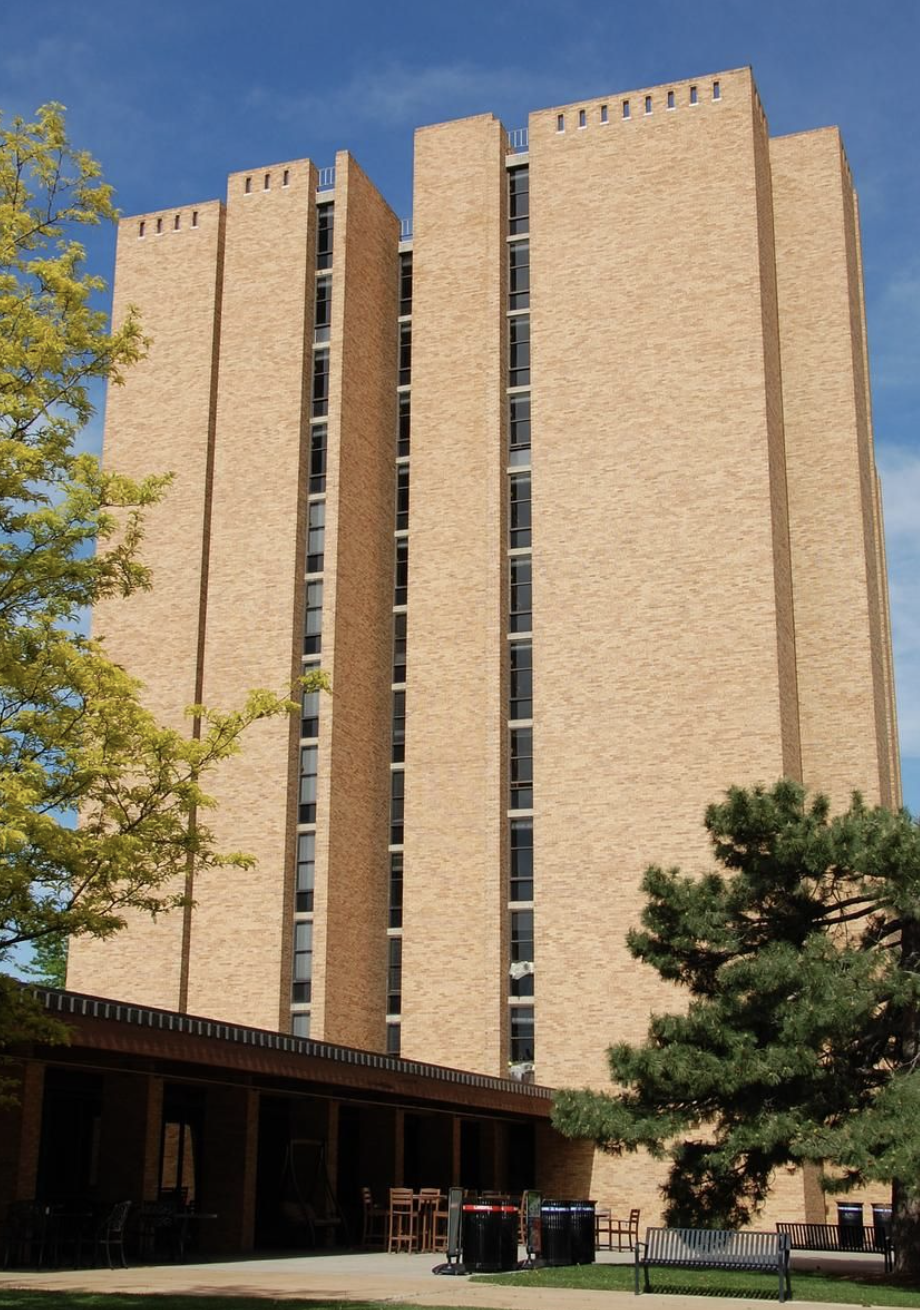
Williams Village Stearns Building, CU Boulder, Boulder, Colorado
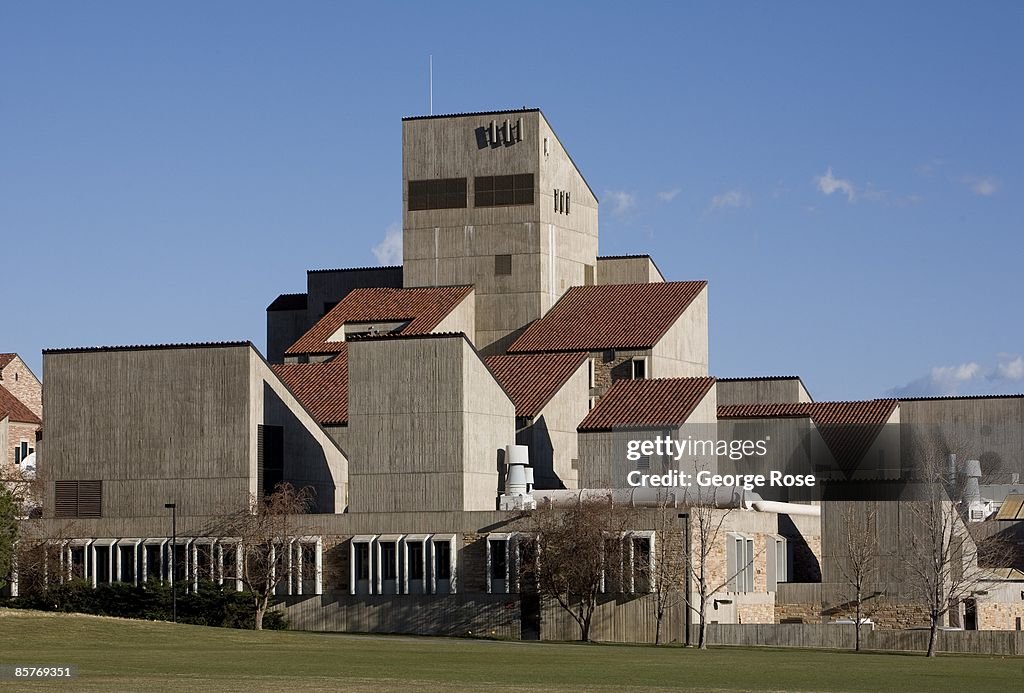
Engineering Center, CU Boulder, Boulder, Colorado
Sources:
Testoni, Chiara. “Brutalism, 20 Iconic Buildings around the World.” DOMUS, 5 Nov. 2021, www.domusweb.it/en/architecture/gallery/2021/11/04/brutalism-without-borders-20-architectures-around-the-world.html.
Moran, Kate. “Brutalism and Antidesign.” Nielsen Norman Group, 30 Apr. 2020, www.nngroup.com/articles/brutalism-antidesign/.
Photo Credits
Featured/[7] : George Rose / Contributor Editorial #:85769351,
[1] https://www.atlasobscura.com/places/pirelli-building
[2]: Photo: Kramar 2015 (CC BY-NC-SA 4.0), https://www.boarsart.com/the-most-iconic-brutalist-buildings-in-the-world/
[3]: Buffalo City Court Building, 1971-74, Pfohl, Roberts and Biggie (8448022295).jpg, https://www.nngroup.com/articles/brutalism-antidesign/
[4]: Photo by Maciel Lulko, https://www.domusweb.it/en/architecture/gallery/2021/11/04/brutalism-without-borders-20-architectures-around-the-world.html
[5]: – https://www.flickr.com/photos/andrewsan/6776358460/, https://en.wikipedia.org/wiki/Boston_City_Hall
[6]: ID [268977] Brian LoBue, 21 May 2016, https://structurae.net/en/structures/stearns-towers-east

4 Comments. Leave new
Hi Ari. Great post! Brutalism is definitely an underrated style of architecture. Do you think that the decline in Brutalist-style architecture has any tie in with the goal for more buildings to be environmentally conscious or carbon neutral?
Hi Jonathon, that is a great question. This type of architecture can be used to design environmentally conscious buildings, but it has to be adapted. I think that the style has seen an overall decrease in use because people favor more glass/large windows in buildings instead.
Wow! High quality blog post. I thought you had lots of very nice pictures, and your sources were well cited. I’m curious in what way does Brutalism differ from Industrialism? Obviously they have a different aesthetic but it would be interesting to hear what qualitative descriptors differentiate the two.
Great question! Brutalism is an architectural style that uses raw materials, exposed concrete, and bold geometric forms, aiming for a rugged and honest aesthetic. In contrast, Industrialism is more related to the economic and social changes associated with the transition to industrial economies in the 18th and 19th centuries.